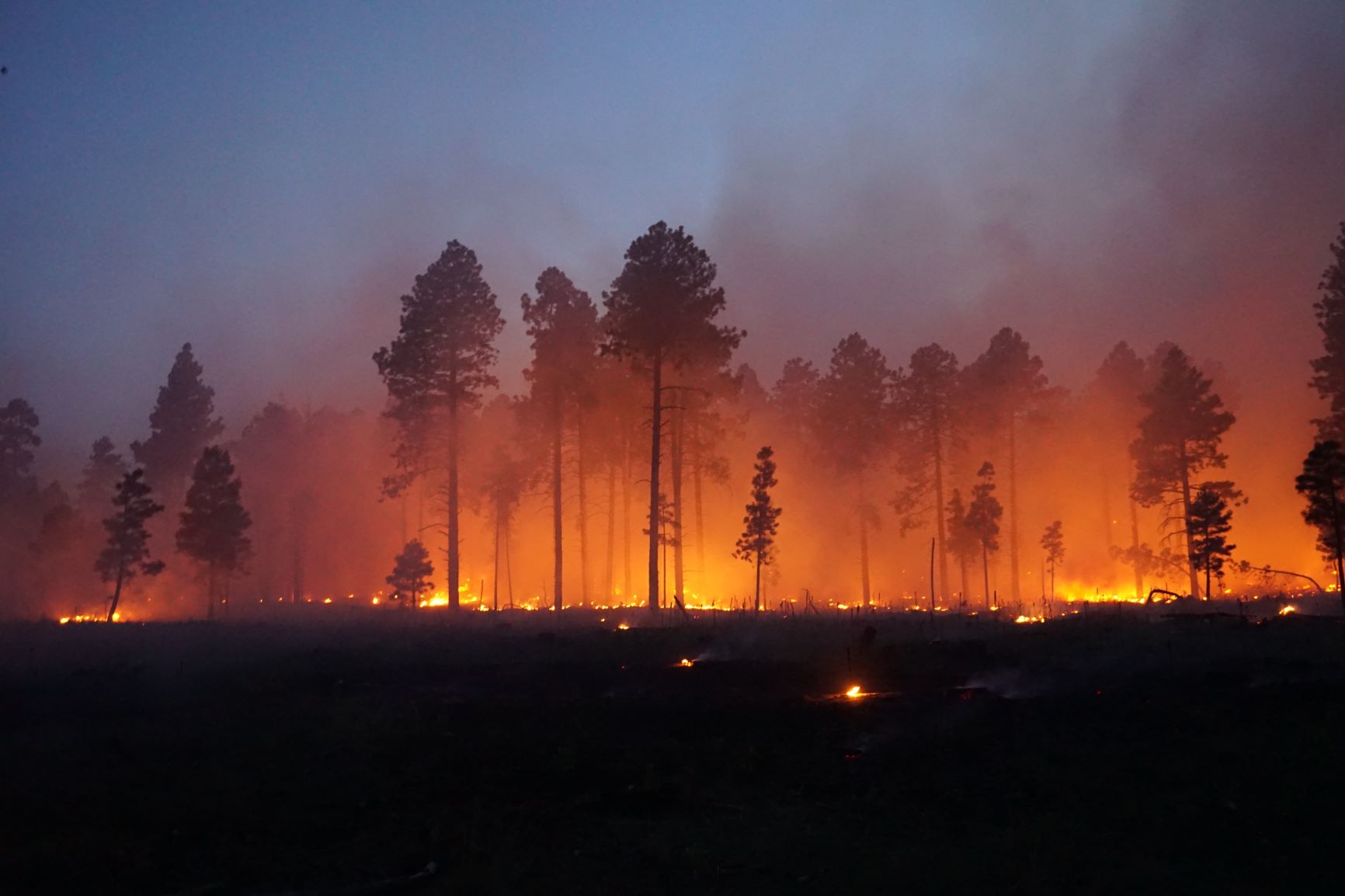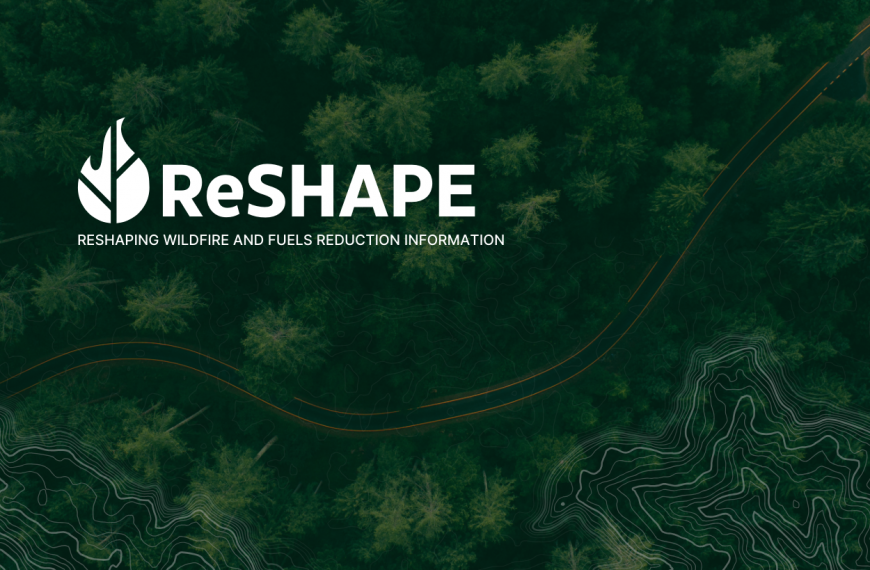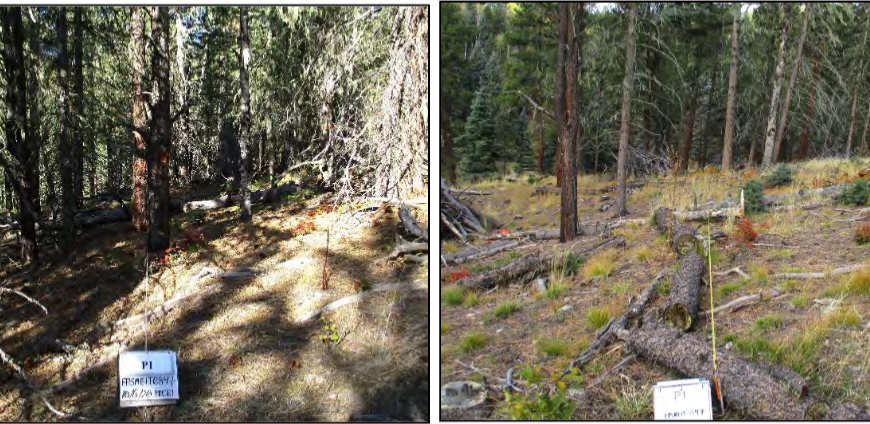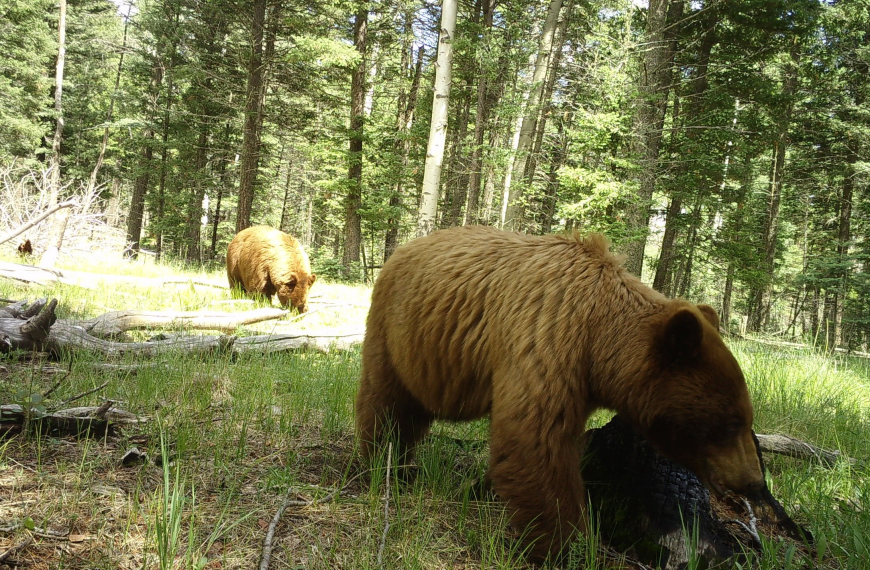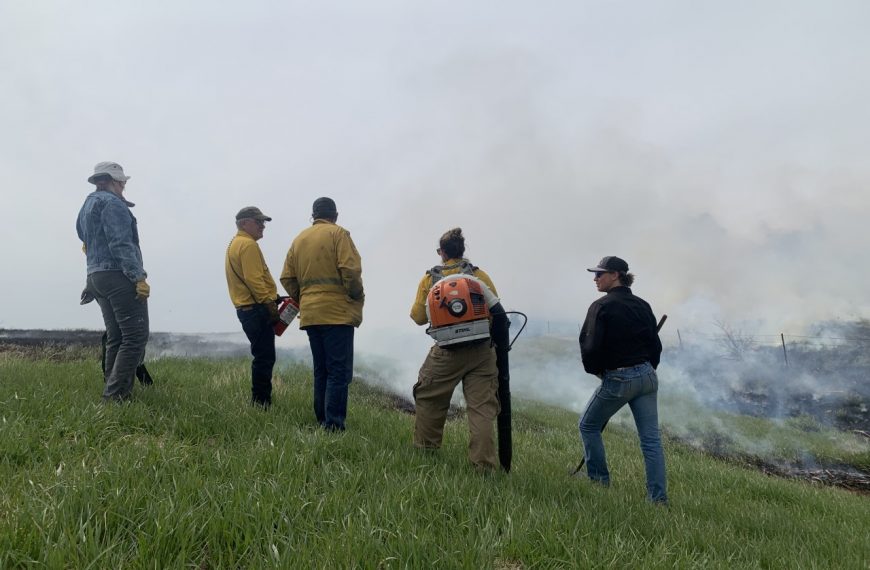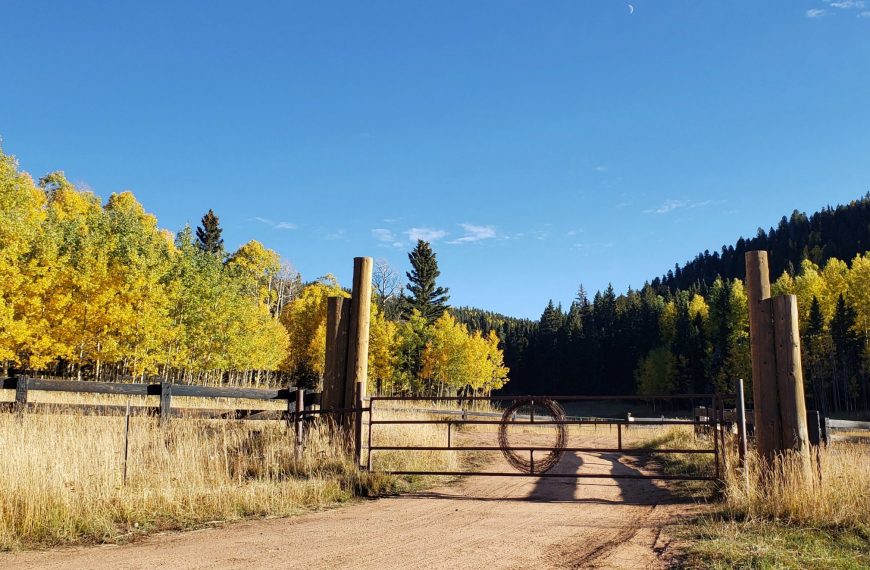Date: October 22, 2020 11am AZ/12pm MDT
Presenter: Jesse Young, Post-Doctoral Scholar, Northern Arizona University
In 2009, new guidance for wildland fire management in the United States expanded the range of strategic options for managers working to reduce the threat of high-severity wildland fire, improve forest health and respond to a changing climate. Markedly, the new guidance provided greater flexibility to manage wildland fires to meet multiple resource objectives. We use Incident Status Summary reports to understand how wildland fire management strategies have differed across the western US in recent years and how management has changed since the 2009 Guidance for Implementation of Federal Wildland Fire Management Policy. When controlling for confounding variation, we found the 2009 Policy Guidance along with other concurrent advances in fire management motivated an estimated 27 to 73% increase in the number of fires managed with expanded strategic options, with only limited evidence of an increase in size or annual area burned. Fire weather captured a manager’s intent and allocation of fire management resources relative to burning conditions, where a manager’s desire and ability to suppress is either complemented by fire weather, at odds with fire weather, or put aside due to other priorities. We highlight opportunities to expand the use of strategic options in fire-adapted forests to improve fuel heterogeneity. Click here now to view a recording of this webinar!

